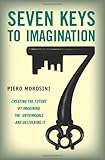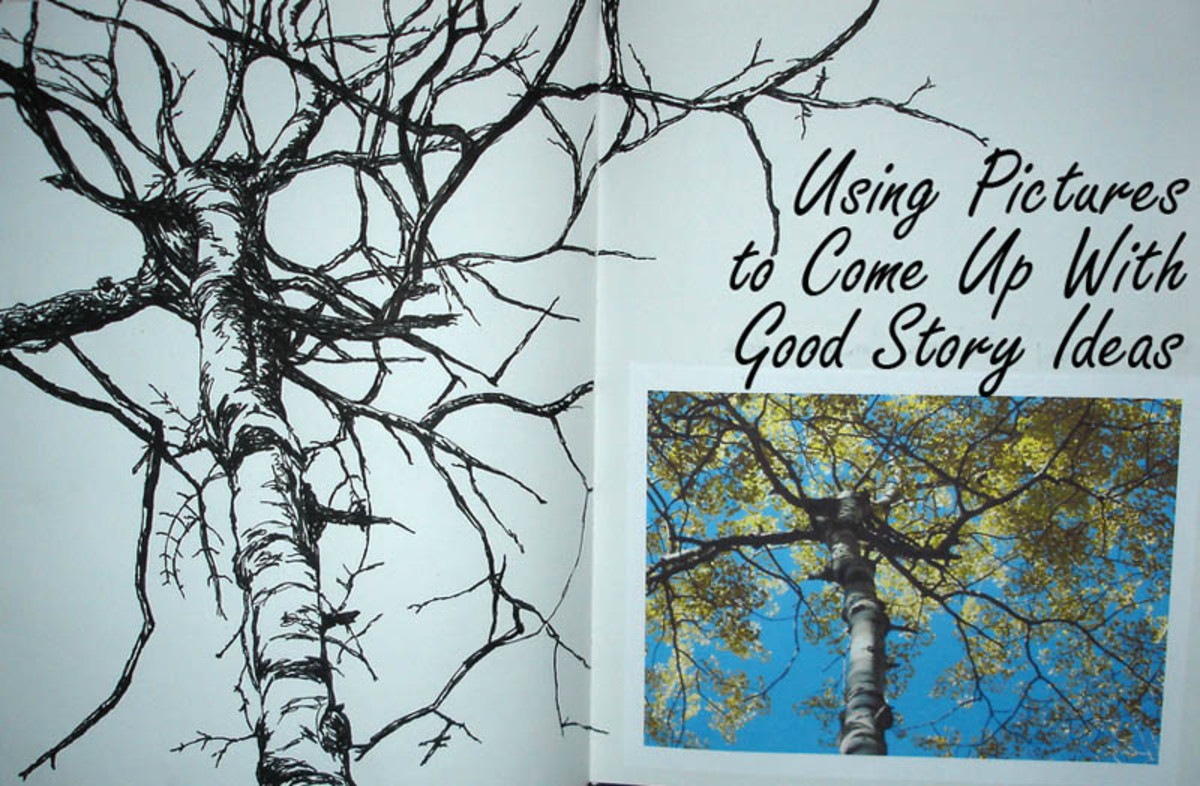How to use your imagination: Preparing for the act of artistic and literary creation
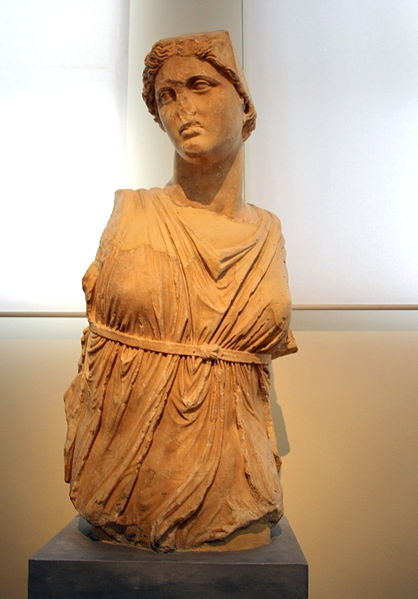
In this hub, I intend to explain some successful methods of engaging with the creative element within you. Next time you try to write a poem or a story, try to paint a picture or make a sculpture I hope that what I have to say can help you in some way. In tandem with this I will look at trying to explain, so far as it is possible, what the imagination is for and why you should use it more often.
The imagination itself is defined most commonly as: “the faculty of imagining, or of forming mental images or concepts of what is not actually present to the senses.”
It can be said that: “To imagine something is to form a particular sort of mental representation of that thing.”
This does not require that the thing actually exists in the external world. You don’t have to have seen the thing itself in order to form a mental representation of it. That being said, you still use experience of real things in order to form the framework that the idea is built upon. For example, the first person who thought up a dragon did so (if not necessarily consciously) by piecing together things that they had seen and mentally stitching the disparate ideas into a new whole imaginary thing. That is a pretty awesome power we have at our fingertips.
Books to help with creative writing
Being a writer of fiction as well as non-fiction myself this is a gift that I never take for granted. I take inordinate amounts of pleasure from the act of creation. There is something divine in this act – and it applies to all the creative arts, but all stem back to that one originating power of mind: imagination.
To be a creative writer of fiction is to be a god within the universe of your own consciousness. The imagination, like all faculties of the mind, is much like a muscle in that it can be trained, strengthened, and increased in stamina and power. I build characters, cities, worlds, entire realities inside my head. I fill them with texture, colour, rich smells and complex histories. I may choose to express my creations in the external world through words, art, music… but before the expression comes the act of creation itself, and this is what I am going to go into today. Specifically a few simple and straight forward methods of beginning to access this hidden power that so many people never learn properly how to use.
I don’t know about you, but my first experience of creative writing was a confusing one – and this was due to a misconception on the part of my English teacher at school. This was the misconception that the instruction “Just use your imagination” makes any sense to someone who is not already used to doing so. To some of us it comes intuitively, to others it does not. Imagining beyond the simplest visualisation is a skill that needs to be learned – and thus also needs to be taught. How is it done?

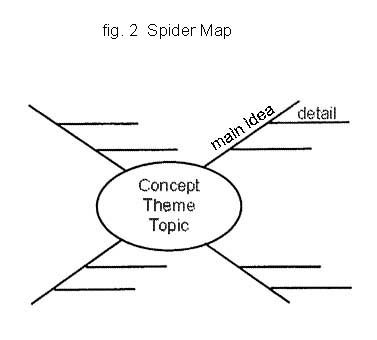
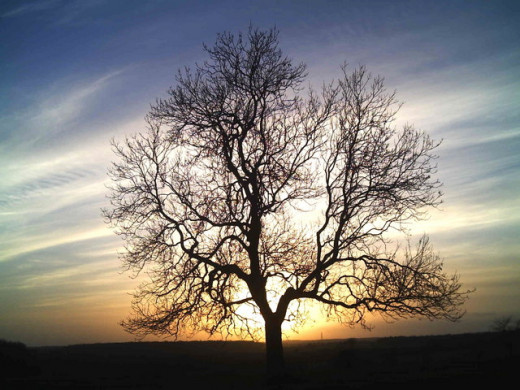
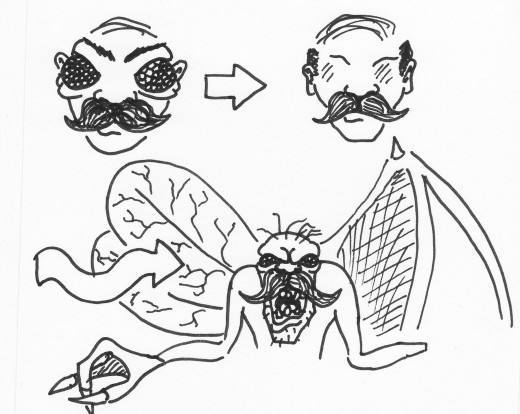
A step-by-step method
- The first thing to do is not to focus on “trying to imagine” anything in particular. This is a sure fire way of turning your mind into an empty desert of panic and anti-inspiration. Instead, start with familiar ground.
- Your memory is your biggest ally when it comes to using your imagination, so don’t hesitate to delve in and find a comfortable and solidly detailed memory to use as your starting place.
- Once you have your memory in your mind, fill it with as much detail as you possibly can. Remember that you are a creature of five senses – try to account for all of them in the mental description that you are forming. If this was a memory of my primary school history teacher I would recall the smell of cigarettes and tweed, how he walked with a limp, had a comb over and waxed moustache, always dressed in plus fours and had bifocal glasses. The sound of his breathing was wheezy like he had emphysema.
- If you need to at this point, it can help to draw a little spider diagram with keywords linked to specific images/smells/sounds etc in your mental representation.
- Right, so we have our memory in high coloured detail. Hold it in your mind’s eye and strain to hold it there as long as possible.
- What you will find here is one of two things should happen. A) You completely lose the image due to some kind of sensory perception of the real world, or B) It starts to change without you even having to think about it. The human mind is greedy for stimulation and without training will flit from one thing to the next with little staying power. This subconscious metamorphosis of your mental subject is a kind of passive use of your imagination. It can produce interesting things and is worthy of some attention. However, we are primarily interested in active use of the imagination as we want to use it productively at will.
- Bring back the original image in your mind and hold it again. Now change one thing. Remember again, your memory is your palette and you can use anything that’s in it to build your creation up. As I enjoy writing short horror stories every now and again I might go on a surrealist ramble and give my history teacher the multi-segmented eyes of a fly or perhaps no eyes at all and suddenly with this small change a whole layer of interesting depth has been created. Perhaps he becomes emaciated, or terribly fat. His clothes change, perhaps he is now wearing a kilt? Perhaps he is hunched over and short like some kind of pygmy. From this point the passive and the active imagination begin to feed each other and the speed of change runs riot. Let it.
- Now try and halt the rate of change and hold onto the image that you have created. It bears little resemblance to what you started with but you can see here and there in the detail where the seed of your creation sprang from.
- Edit your creation as you would a text you’ve written. Now you have pulled back from the tumult of your stream of consciousness, pair it down to the essential elements that are worth keeping. Don’t worry if you once more end up with something completely different. Keep playing until you are happy with what you’ve got.
- Record your creation in some way. Write a basic description or draw a sketch.
- Develop your idea. Use your skill be it with words, paint, clay or any medium to run with your imagined thing and allow it to grow. Once you’re hooked into the process of creation allow yourself to express it and don’t be afraid to make additions or retractions as you go.
What now?
Here then we have a step-by-step run through of an act of mental creation. The broad strokes remain the same for any use of the imagination. Start from the familiar then use the encyclopaedia of experiences that lie within your own memory to evolve the initial idea into something entirely new and unique. When your own experiences don’t satisfy, go out and seek inspiration. Let your greedy senses soak up new material and use it. Everything is material for your imagination to chew on; there is no area of cognition that is so without limits. Test yourself by designing things in your head. The more you use it the greater the capacity of your imagination will be. The greater you will be.
Aside from the obvious benefits when it comes to the creative arts, the development of this mental skill has other applications. In creating with your imagination you are practising the skill of linking disparate ideas which has direct application when it comes to problem solving. Those moments of sudden inspiration and lateral thinking will come more frequently. Solutions to problems come often by using the same thinking skill set. Take the circumstance, visualise it in detail, then make changes and predict outcomes. The possibilities are endless – just use your imagination…
Books with fantastic advice on how to be creative
References
(1) Collins English Dictionary - Complete & Unabridged 10th Edition
2009 © William Collins Sons & Co. Ltd. 1979, 1986 © HarperCollins
Publishers 1998, 2000, 2003, 2005, 2006, 2007, 2009
(2) Gendler, Tamar, "Imagination", The Stanford Encyclopedia of Philosophy (Fall 2011 Edition), Edward N. Zalta (ed.), URL = <http://plato.stanford.edu/archives/fall2011/entries/imagination/>.
Links to relevant hubbers
- Imagination, Where Does It Come From
Imagination, where does it come from explores the word and concept and ask the reader to do the same. Since no one knows how it works who is to say that ideas are not implanted wisdom by one original source. - How does your imagination work?
- How to Enhance your Child's Imagination
Encouraging the development of your child's imagination will help to improve their intelligence. With just a few simple changes you can unlock this potential in your child.
Links to my other work
- The Ravens Return (Chapter 1) : A Fantasy novel
Herric stumbles through childhood in Kor city barracks in a throng of disinterested elders and masters. He starts to find direction and a sense of family when he makes a friend. They impress an important someone and the magnitude of the fate that awa - The Ravens Return (prologue): A Fantasy novel
In this prologue to my Fantasy novel we witness the oddly morbid birth of the protagonist and start to get a feel for the world of Urduss, its history and its magic. I came to the decision today after two weeks of frustration to remove this story fro - Activities to inspire you with new subjects for your creative writing (I)
The first in a new series of 'back-to-basics' activities for generating creative writing ideas starting this time with a word association game.



